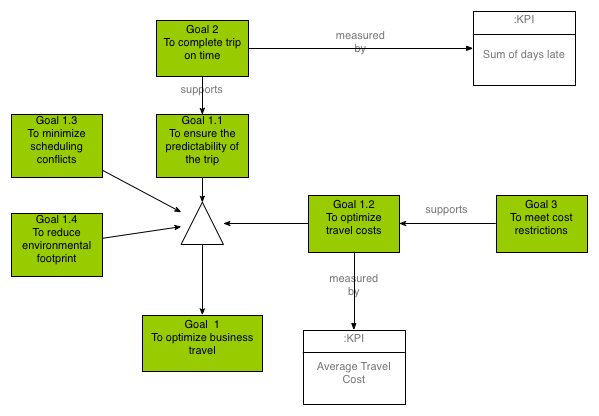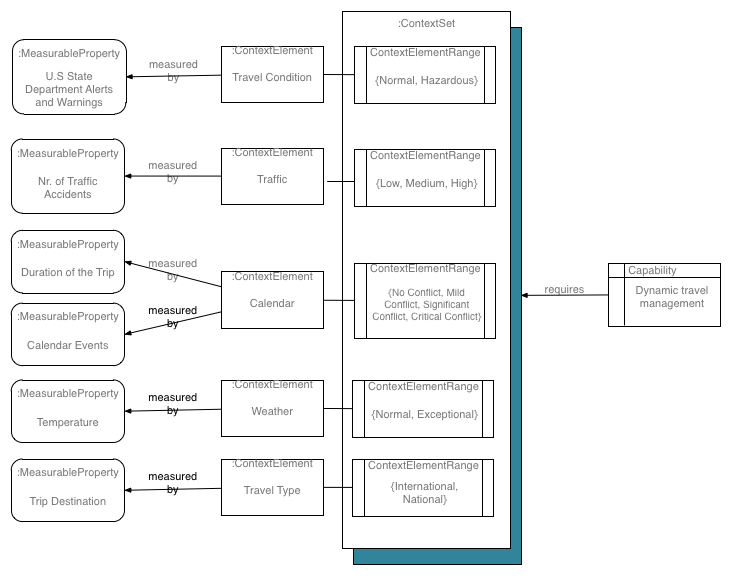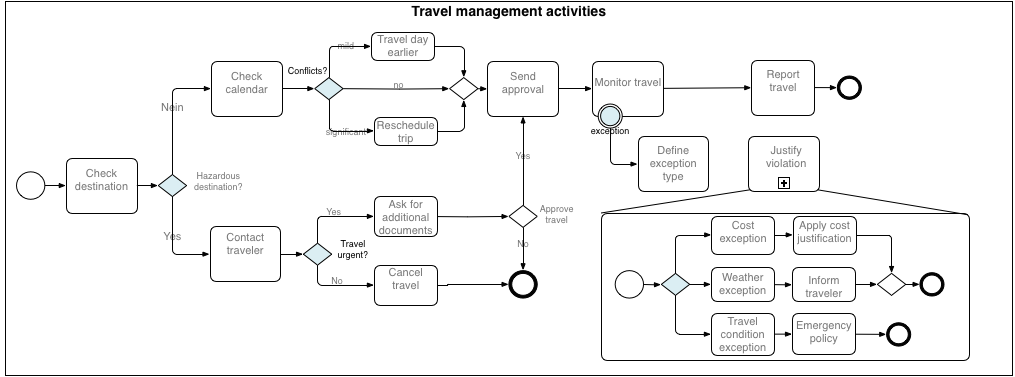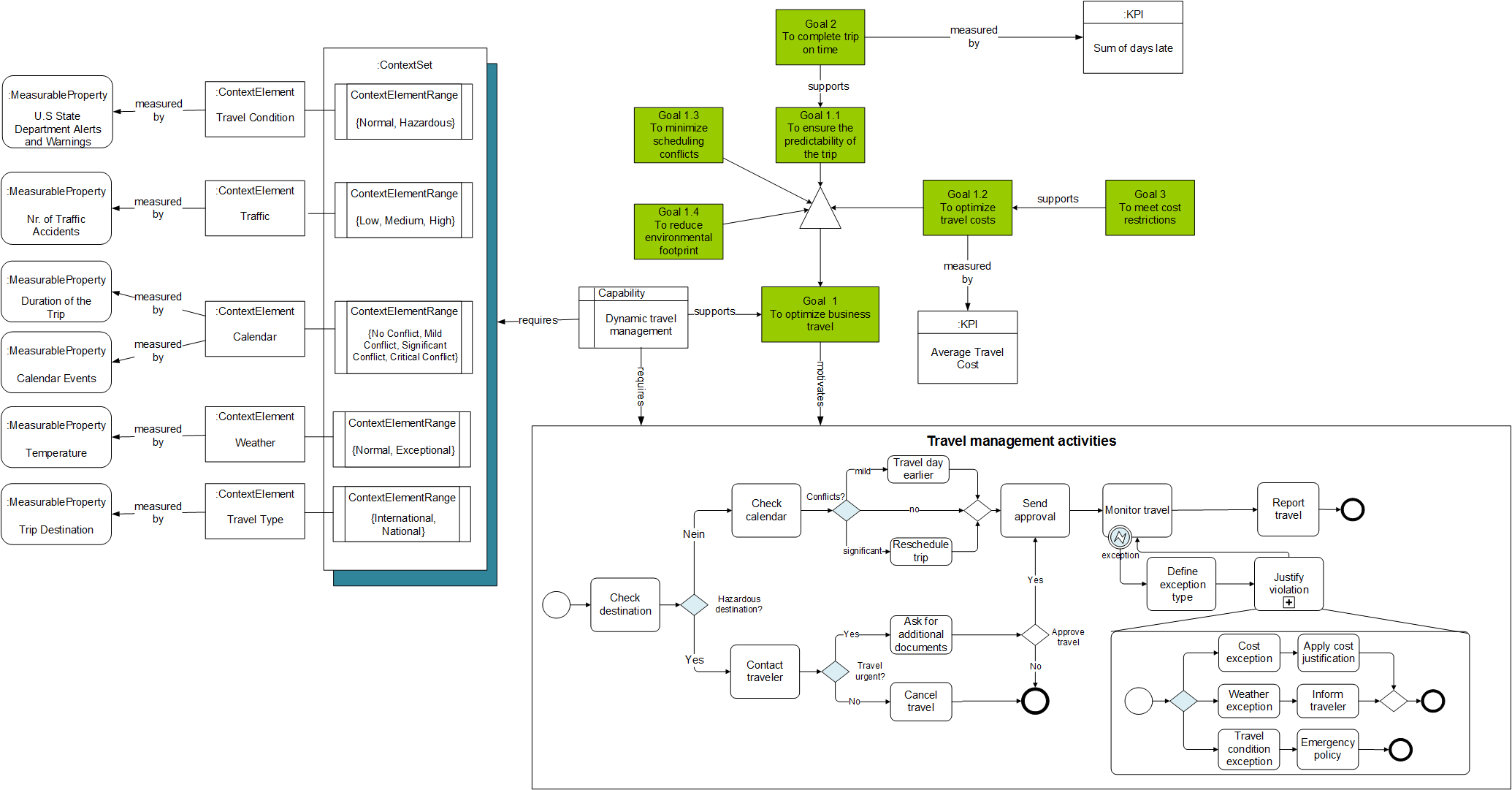Capability Delivery in Action: Showcasing the CDD Approach
Introduction
The KET University strives for academic excellence and it strongly believes in international collaboration and networking. The university’s staff often participates in international events and business travel can consume up to 20% of the administrative costs. In order to provide enjoyable and safe working environment and to ensure efficient usage of resources, the university has established advanced employee service capabilities including the travel management capability.
However, recently it has realized that providing the travel management services is associated with lot of uncertainty, especially, as a geographical range and nature of the collaborations expands. The university aims to support this increasing variety though without scarifying the core capability to manage business travel efficiently.
In order to further elaborate the travel management capability, the CDD approach is chosen because of its ability to integrate enterprise models and contextual information. The CDD approach ensures that the travel management services are provided in alignment with enterprise goals taking into account the specific capability delivery context and following the best practices.
Goals of the University
The university specifies that regardless on the context it wants to achieve its travel management goals. It expects that trips are completed as planned (e.g., employees do not miss returning flights). There are certain policies imposed by regulatory requirements, university itself or funding bodies regarding travel funding and costs. Even though exceptions might occur, the university aims to comply with these policies. The business travel takes time away from teaching and other activities, and the university aims to ensure that traveling is complementary to the key teaching activities with a minimum adverse effect. It also aims to reduce the environmental footprint cause by business travel. The goals are used to evaluate whether the capability delivery requires any adjustments and measured by appropriate KPIs:
-
Average travel cost – measures the goal to optimize travel costs
-
Sum of days late – measures the goal to complete trip on time (e.g., if an employee misses the flight she returns from the trip late)
-
Count of late trips – measure the goal to complete trip on time
-
Average accommodation cost – measures the goal to meet cost restrictions
- Average severity of scheduling conflicts – measures the goal to minimize scheduling conflicts

Travel Context
The context dependency supports dealing with travel situations, which cannot be predicted during development of the travel management application. Potential sources of variation are identified in the process. The travel conditions affect the process initiation and travel planning, calendar of events affect travel planning, regulatory requirements affect travel budgeting, weather and traffic situation affect taking the trip.
According to the policies specified by the university, the context element Travel Conditions may assume values { Normal, Hazardous }. The context element is measured using the guidance provided by the USA State Department issuing warning and alerts for visiting certain countries. The travel destination data are used to evaluate this context element.
The calendar context element is based on the university-wide calendar of events to evaluate significance of overlapping between planned travel dates and other events. The calendar contains both general events of varying importance and events assigned to specific employees. The calendar context element may assume values {No conflict, Mild conflict, Significant conflict, Critical Conflict}

Travel Management Activities
The travel management process underlying the dynamic travel management capability consists of three main activities, travel planning, travel monitoring and travel reporting. The travel planning specifies purpose, destination and time of the business trip. The travel monitoring deals with justification of various situations that might occur during the trip, such as exceeding the budget, change in the weather situation or travel condition. The travel results and expenses are reported upon returning from the trip.

Capability Model
An excerpt of the travel management capability model is illustrated below. The model is based on three main components. The context model represents various situations that can occur during the trip of an employee and uses CDD concepts such as Context Element, Context Element Range, Context Set and Measurable Property. The goals model illustrates the objectives that the university strives to fulfill. The business process model shows the activities that the management needs to execute in accordance with the traveler context. Process model elements that are under contextual affect are highlighted in the model. The dynamic travel management capability is central to the other three components and supports university goals by adjusting the processes based on the contextual information.

Capability Delivery
A capability delivery application is developed to enable travel management capability delivery. The applications specifically emphasized the types of travel management capabilities available. Additionally, the welcome user interface form of the capability delivery application captures information about the process variant to be used for capability delivery. The travel dates are used to determine urgency of the travel request. The destination is used for two purposes:
The external context data are used to determine the travel conditions at the selected destination, thus, checking suitability of the capability chosen; A distinction between the international and domestic travel is made to select the appropriate process variant.
During the capability delivery, the Capability Navigation Application (CNA) supports travel management at different levels of granularity. CNA monitors capability delivery context, alignment with organizational goals and invokes adjustments if necessary. To name an example, during the trip, the university management sees that couple of employees has gone to destinations deemed as hazardous and this change of the travel conditions has taken place after the trip was commenced. In response to that, the university initiates the emergence situation procedures to ensure safety of the employees. Another example is that on the last day of the trip, CNA warns the employee that the traffic intensity is high suggesting to leave earlier for the airport.
Associating strategic capabilities with key context elements clearly defines company’s abilities to deliver its services in different circumstances. Process variants systematically describe various ways of delivering the capability to achieve the same business goals in the varying circumstances. Formal representation of the context explicitly defines the capability delivery circumstances and support usage of various context data providers (sources). Context definitions are clearly associated with company’s business policies. Using context element ranges reduces the need for specifying all possible exceptions and branching conditions in the Capability Delivery Application upfront during its development. Context evaluation can be updated as more information becomes available without modifying the underlying Capability Delivery Application. The updating allows using the Capability Delivery Application is previously unforeseen situations. Relationships between context and goals can be evaluated and adjustments in context processing are made to facilitate achieving the company’s goals.Benefits of CDD Approach









